Though dance and football have not been sympatico so far this season (my beloved Antonio Brown was fined in the very first game for this end zone dance, which I may borrow as a labor position…), they have been foremost in my mind lately. For today is also the kickoff of the NYCB fall season, and I have been thinking of my colleagues. Tonight’s gala showcases four new ballets, two of which are by female choreographers—hallelujah! NYCB Principal Lauren Lovette and guest Annabelle Lopez Ochoa are the debuting duo. There is also a new offering from resident choreographer Justin Peck and one from the young corps member Peter Walker, who is an excellent partner and a genuinely nice guy. I wish them all the best of luck this evening.
But as the season begins I want to acknowledge a slew of retirements that happened at the end of the summer. Three lovely young women, Dana Jacobson, Lara Tong, and Stephanie Chrosniak, have moved on to other pursuits. I have no doubt they will find success in their next endeavors. Senior corps men Joshua Thew and David Prottas have also left the company. Josh, who is an amazing singer, is going to devote more time to this other skill as well as model. David is joining the touring company of An American in Paris. I danced my last show before maternity leave with David, he has been a wonderful partner over the years. They will all be missed.
Especially transformational for the company is the loss of two dancers who had been around for almost two decades: Craig Hall and Gwyneth Muller. I attended their final performances on back to back evenings in Saratoga Springs this summer, and it was such a moving experience. Craig wrapped up his performing tenure with the Concerto section of Balanchine’s Episodes. His handsome calmness and phenomenal partnering skills were on fine display. I liked that he went out in a quirky part too, for Craig is also a total goofball and the role’s swings between seriousness and playfulness suited him perfectly.
Gwyneth danced her last Serenade the following night. There is no more fitting retirement vehicle than Serenade, Balanchine’s masterpiece of life, death, and rebirth. Gwyneth, who has never given less than one hundred percent of her energy onstage, looked especially radiant in her final evening of swooshing blue tulle. Her last incarnation as the “mother” figure in the elegy section was intensely emotional.
These incredible artists have been my close friends since our early days at the School of American Ballet, and their professionalism and positivity have made them pillars of the NYCB community. Craig, with whom I have a lifelong bond from our intense early experience of dancing in Chris Wheeldon’s Scènes de Ballet, is staying with the company as a ballet master. Gwyneth, who has been a dear friend of mine through high school, undergrad, and ballet life, just kicked off her first semester at Yale in a prestigious arts administration program. I am sure that Craig and Gwyneth will be as prosperous in their new roles as they were in their dancing careers and I am so very proud of them.
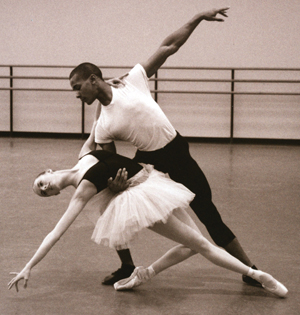
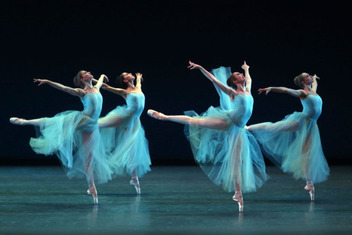
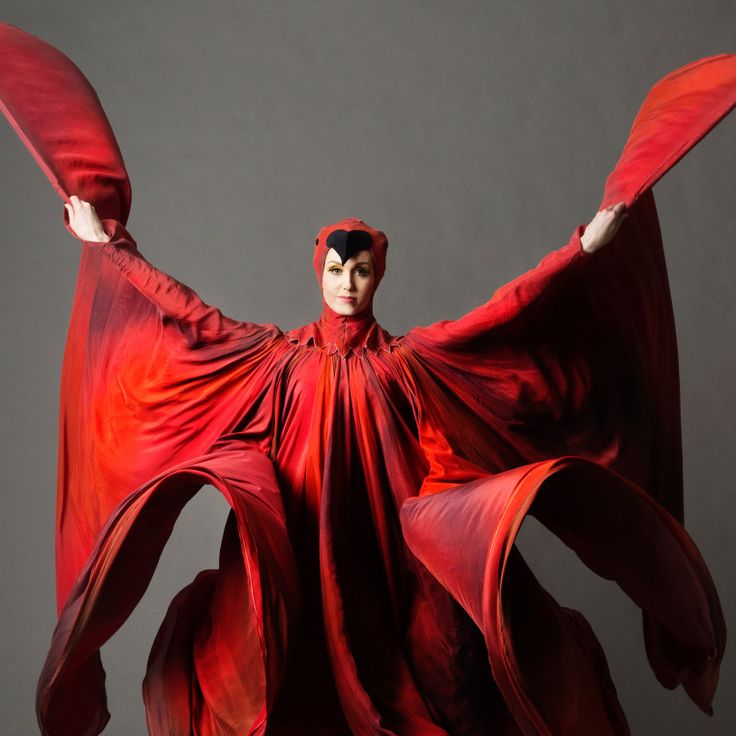
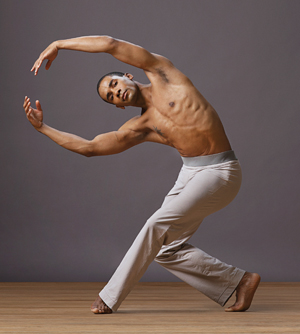
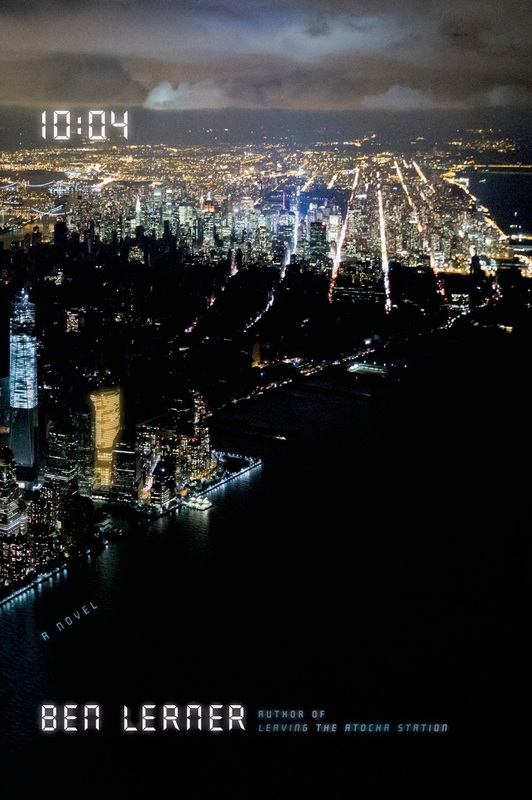
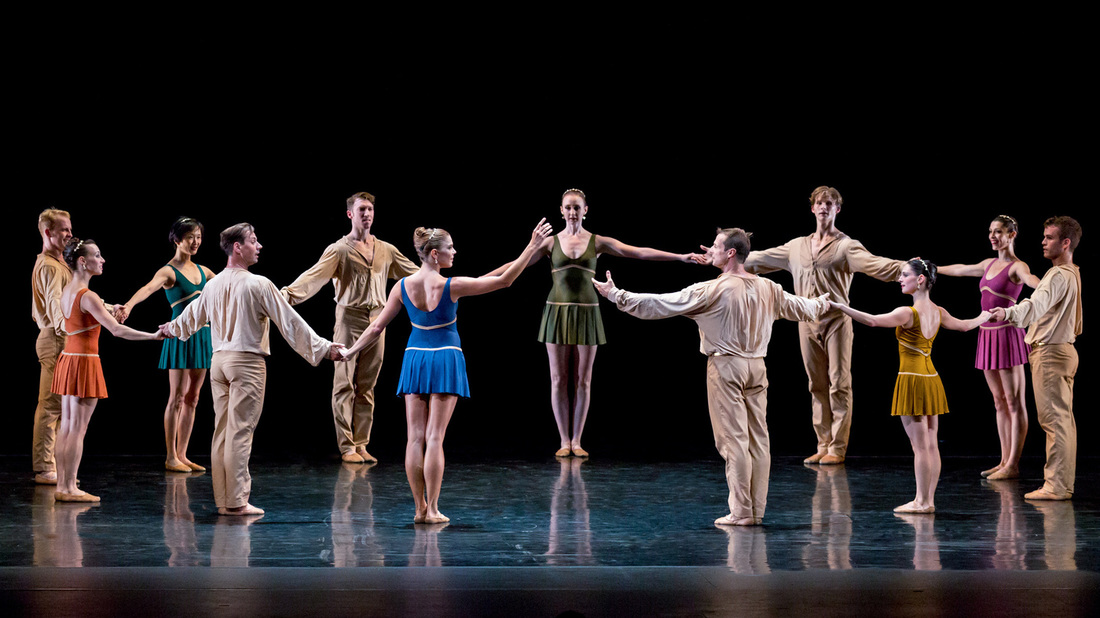

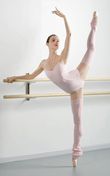
 RSS Feed
RSS Feed